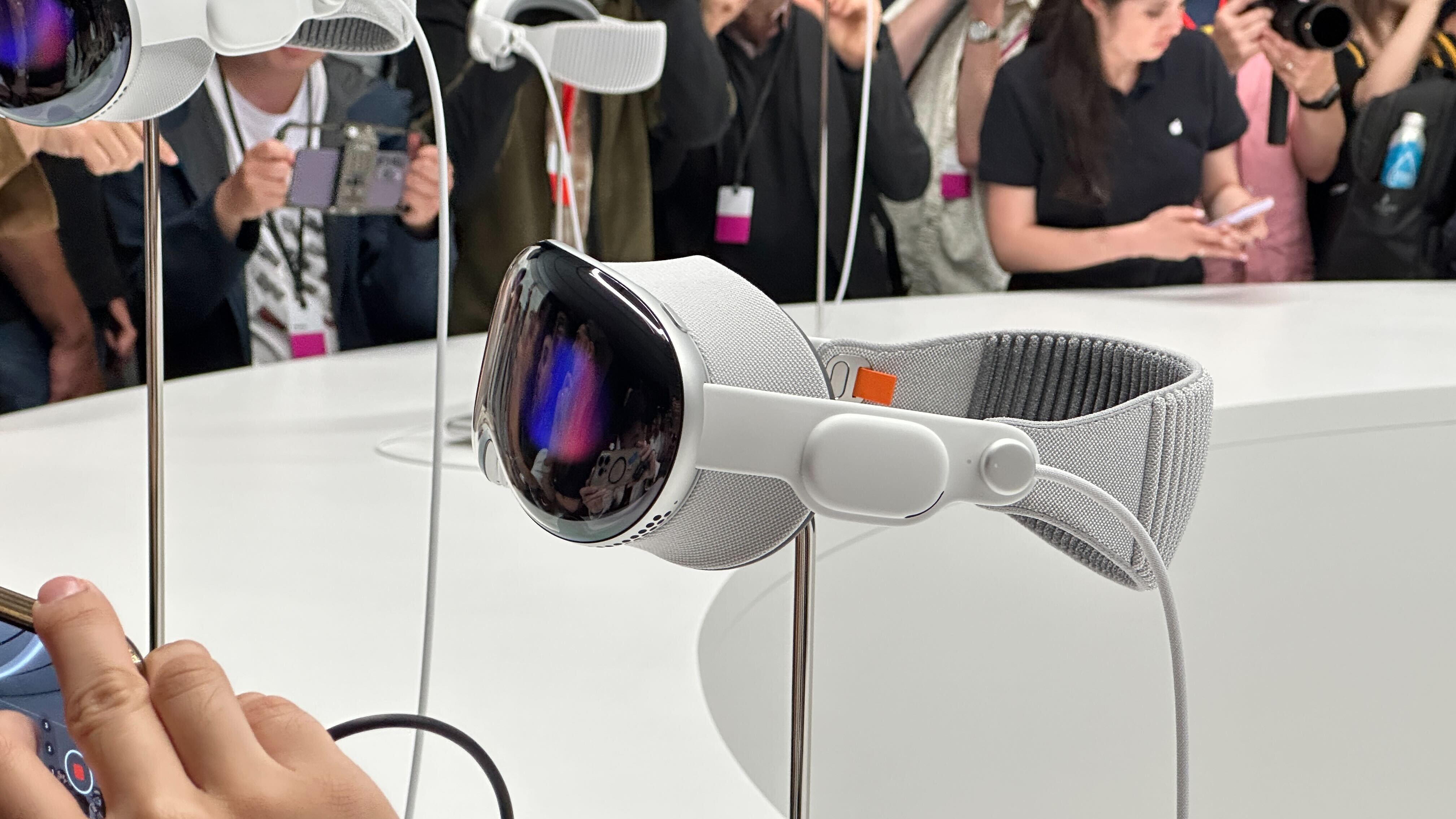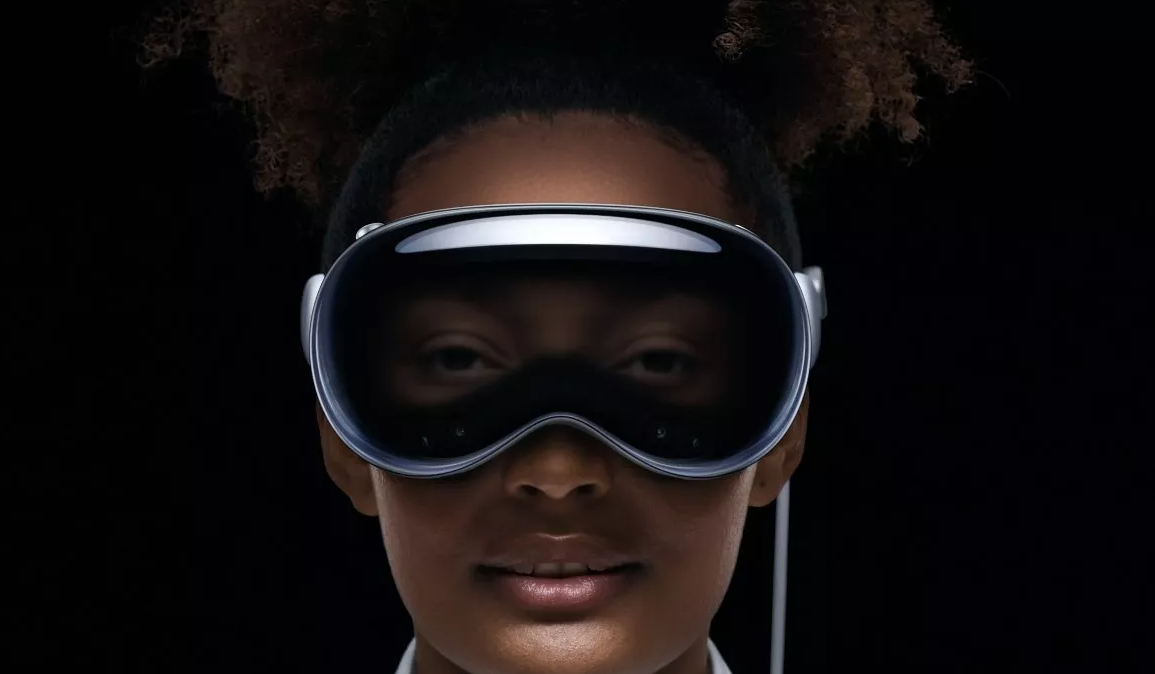The Vision Pro goes on sale next month and we just learned that Apple has requested that app developers for visionOS (the operating system that runs on the headphones) not refer to visionOS apps as “AR” or “VR”. .
We first heard about Apple’s latest innovation in June 2023, when it was marketed as a spatial computer that combines digital content and the user’s physical environment. It’s also equipped with some major graphics specs from Apple and visionOS, which Apple calls the “world’s first spatial computing system.”
At first glance, the Vision Pro certainly appears to be similar to existing Virtual Reality (VR) and Augmented Reality (AR) headsets, so it’s interesting that Apple is taking pains to make sure it’s not confused with one. The de facto ban on AR and VR references (as well as Extended Reality (XR) and Mixed Reality (MR)) was detected in the guidelines of the new update of Xcode (Apple’s developer toolset) that was came after the announcement that Vision Pro devices will be in stores in early February.
Apple lays down the law
This recommendation is stated quite explicitly on a new Apple developer page that explains what a developer should do to prepare their app for submission to the App Store.
Apple insists that developers will also have to use the “visionOS” branding that starts with a lowercase “v” (similar to how they brand its flagship operating system for desktop and laptop devices, macOS), and use the full name of the device, “Manzana”. Vision Pro”, when referring to it. However, these are not as unexpected as Apple’s more notable instructions to avoid virtual reality and augmented reality. According to Apple, visionOS apps will not be considered virtual reality, XR or MR apps, but rather “spatial computing apps.”
It’s an interesting move for several reasons; Coining a new term can be confusing for people, which means users will have to familiarize themselves with and use the term for it to stick, but it also means Apple can differentiate itself from the pack of AR/VR devices out there.
It’s also a shift from messaging that until now has been based on existing terms like augmented reality and virtual reality. Most of Apple’s current marketing refers to the Vision Pro as a “spatial computing” platform, but at the 2023 Worldwide Developers Conference (WWDC), Apple’s annual event for developers of Apple platforms, the CEO of Apple’s Tim Cook introduced Vision Pro as a “completely new AR platform.” Materially, this is primarily a marketing and branding move as Apple relies more on its customers’ understanding of what the Vision Pro actually is. 9to5Mac reports that Apple engineers referred to visionOS as xrOS prior to the device’s official announcement .

Apple charts its own course
The determined effort to distinguish itself from its competitors is an understandable move on Apple’s part considering that some other tech giants have already attempted to dominate this space.
Meta, the parent company of Facebook and Instagram, was one of the most notable examples. You may have a not-too-distant memory of a certain “metaverse.” The metaverse has had a reception that most would call lukewarm, even in its heyday, and Apple is making a bold attempt to have its own association in people’s minds, with Apple’s vice president of global marketing, Greg Joswiak, dismisses the word “metaverse” as one you will “never use” according to 9to5Mac.
I enjoy seeing Apple make bolder moves in existing markets because that’s often when we see new industry standards emerge, which is always exciting, no matter if you want to call it AR, VR, or spatial computing.








